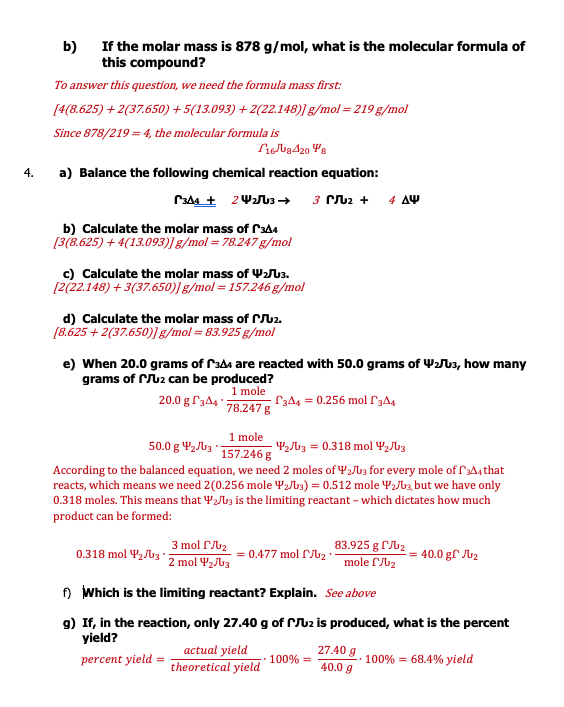Can Cheating be Reduced in a Take Home Exam in Chemistry?
By Jodye Selco
Although I teach at a university, the beginning portion of General Chemistry has much the same content as chemistry at the high school level. During the pandemic, my campus moved to virtual instruction, which intensified worries about cheating. For instance, if you ask students to calculate the molar mass of a substance (that is real), all they need to do is look it up on the internet. The same is true about balancing a chemical reaction.
To reduce cheating (and the possibility of students “just looking up the answers”, I created a set of questions based on elements in an alternative universe. They appear below. (The answers are provided in red.)


This idea can be used for any type of chemistry exam question where the identity of the elements is non-critical (for instance trying to determine if an oxidation-reduction reaction occurred would require real elements or additional information). While some of my colleagues thought these questions might be too confusing or difficult, my students adjusted after taking a second (or third) look. One student remarked that once they realized that it was all made up, they were able to “throw away previous chemical intuition and use their knowledge of process to solve the problems”. The average on the exam (containing a total of 15 questions, 10 of which were multiple choice questions about concepts or naming compounds) was 74/100.
From the average score on the assessment, I believe that cheating was not rampant. Although students might have collaborated (which is another form of cheating) the average on the first midterm exam in the first semester of General Chemistry is typically in the mid-70s (and drops a bit on each successive exam beyond that). Most of the students in this course have taken high-school chemistry, and during the first quarter of a semester, the material is mostly review.
Another way I reduce cheating is having a policy that promotes growth mindset – by that I mean that the cumulative final exam is sectioned so each section corresponds to each of the three midterms (and the final quarter where there is no midterm). If students’ performance is higher on any of the final exam portions, I use the higher score as the original midterm score. For instance, if a student earned 62/100 on the first midterm, but 88% on the same material on the final, their original 62 becomes an 88. After all, they did demonstrate that they (finally) learned the material of the course.
The last way I reduce cheating is to have an honesty pledge on the front of the exam. This explicitly states what students can and cannot do (they cannot communicate with anyone but me or use Chegg.com). This statement must be signed by students before I’ll accept their exam. I do “turn in” students for cheating – which I tell my classes (and that I’m famous for doing it).
I hope this does not come too late for you to use this idea in your own classes! If you do, I’d love to hear about your experience.

Professor Jodye Selco is a Chemist and Science Educator at Cal Poly Pomona. She has developed a variety of simulations and hands-on chemistry experiments. Professor Selco has worked with Rialto Unified School District to design and implement district-wide hands-on science assessments. Visit Joyde's website for more information.






